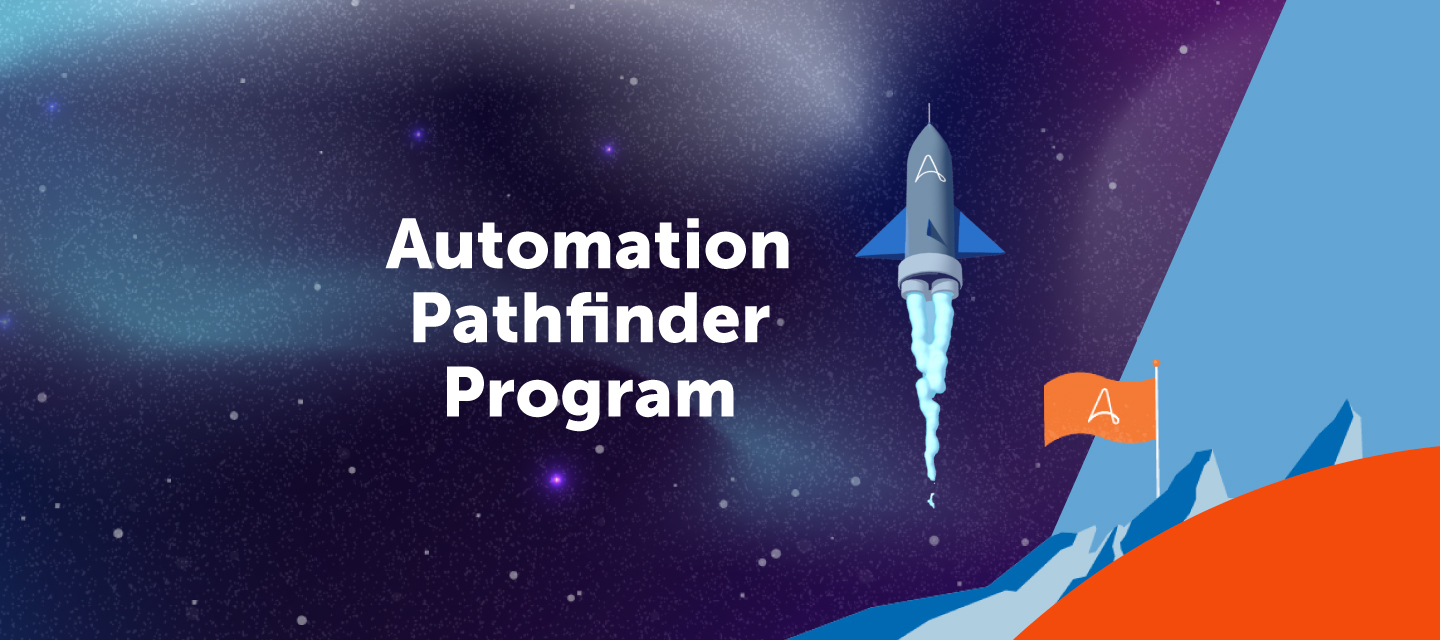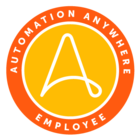Everyone who starts an automation practice at their organization has the aspirations of growing and scaling that practice in a sustainable way - that can deliver meaningful benefit to their organization's digital transformation objectives. In this special Hyperscaling The Automation Journey series of #AAillustrates, we're diving into the proficiencies of automation programs that grow and scale - starting off with our first in the series: 3 Pitfalls Keeping Your Automation Program From Growing.
Whether you've just stood up your first CoE, or you've been doing this for a few years - you won't want to miss our 3 common pitfalls - as we discuss the impacts they can have both on new and existing automation programs - as well as some actionable takeaways to get started with today - to promote sustained, scalable growth.
Pitfall 1: Failing to Measure From the Start
Many organizations fall into this trap - especially when they get started: they report on the "metrics" of the program by means of "# of Bots created". Not only is this problematic from the standpoint of reporting on something that isn't specifically tied back to the value it delivers for the organization, it - in a certain way - is actually incentivizing the wrong thing. Should I take easy automation use cases just to crank the volume of delivered bots up even if the delivery value is quite low? Of course not.
Actionable Takeaway:
If your organization is currently communicating the success of your automation program by count of bots delivered, start to think about the different metrics that you can report on to communicate specific and strategic value for the organization:
This includes Business Value metrics like # of employee hours saved (or productivity hours generated), amount of money saved (based on productivity hours generated), or even the number of bot runs that have taken place (this can be tied back to the opportunity value metrics you're hopefully capturing as a part of the idea submission/process discovery process).
This also includes Operational Value metrics like Automation Run success %'s, Automation processing time, and Automation delivery time.
Pitfall 2: Use Case Selection
Tell me if you see yourself in this story a little bit: Your organization (or department) just onboarded with Automation Anywhere. You've identified some really high value automation opportunities, and without considering their difficulty - you get started delivering your highest ROI use case as your first automation. It makes sense, right? Might as well deliver the biggest home run use case straight away!
The reality is that this use case selection process (especially for organizations or departments who are new to RPA), shouldn’t always be "sort by highest ROI and start working". Alternatively, if the focus is put on some quick wins - low risk, med to high ROI use cases first - the team (and organization/department) has the chance to build some momentum and gain some experience with an automation opportunity that may not be quite as complex as the #1 best ROI use case.
Actionable Takeaway:
If you're an organization that has a growing automation practice and is currently federating new automation factories OR you're brand new to setting up an automation practice at your organization - take it slow for your first few automations. The super high ROI use cases will still be there a few months from now. Don't be afraid to start with a couple easier use cases (that still deliver value obviously) to establish things like your best practices for development, testing, change requests, machine requests, access requests, solution design, and ultimately, delivery.
Pitfall 3: Keeping Quiet About Success
A reporter visited the home of Kanye West for an interview and noted that Kanye had a large mural of himself in the living room, as well as many other Kanye paintings throughout the home. After some initial questions, the interviewer asked Kanye about all the wall hangings featuring his own image. Kanye explained "I love me. Why should anyone else love me if I don’t love myself?". Kanye is Kanye's biggest fan.
If you find that you're having trouble expanding your automation practice more broadly throughout the organization, it may very well be because other functional areas of the organization aren’t fully aware of the accomplishments delivered so far. You may need to be your own automation program's biggest fan. Let people know about delivery successes, create content that can inform them about the capabilities of RPA, or the successful bots that have been giving a lift to the HR department. While you and your team may very clearly understand the capabilities and power of RPA, many other organizations (especially business teams) may not - so consider writing a blog post for your company's intranet, creating a short video of a recently delivered bot - with clips of it running as well as explaining the benefits its generating, or even do a "lunch and learn" session so people can sign up and hear you talk about and show automations in real time.
Actionable Takeaway:
No one is going to get excited and tell others about your automation program if you aren't excited and telling others about your program! You clearly know the culture of your org and what may work best in terms of internal promotional efforts, so use your best judgement here. Ideas to consider include:
- Blog Post on a specific automation/use case and the value delivered
- Promotional video showing a bot in action with explanation of how its helping
- Bonus points for selecting a bot that's automating application interfaces that people would be largely familiar with internally
- Tech Roadshow - where you go and talk to various business areas about the opportunity available through automation and what’s worked well for other teams so far
Conclusion
If your automation practice is just getting off the ground - great! Be on the lookout for these pitfalls and how to work around them. If you've been at it awhile but are struggling to grow - no worries - every organization's journey is different and there hasn't yet been a great blueprint for how to do all of this...yet. Get started with correcting any of those things that you see yourself in, and work to avoid the others going forward. Either way - we'll be continuing to publish additional content to help your automation program scale and flourish, so stay tuned - and Go be Great!


